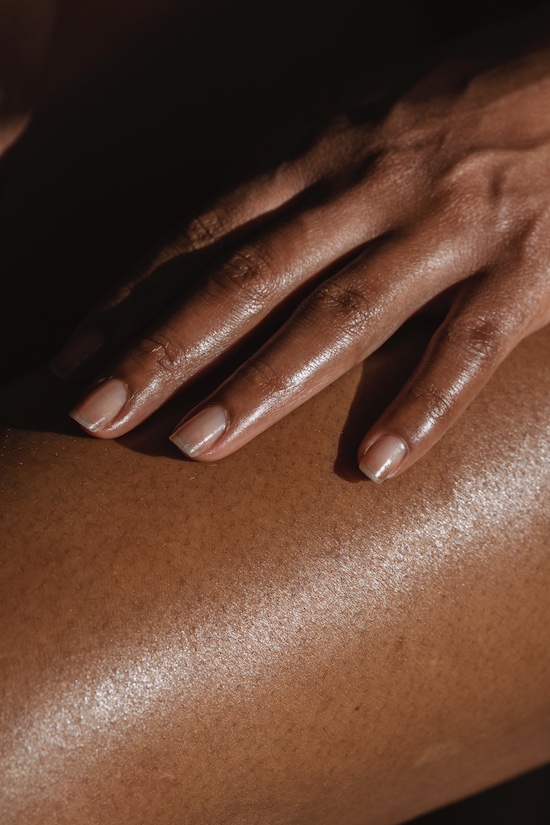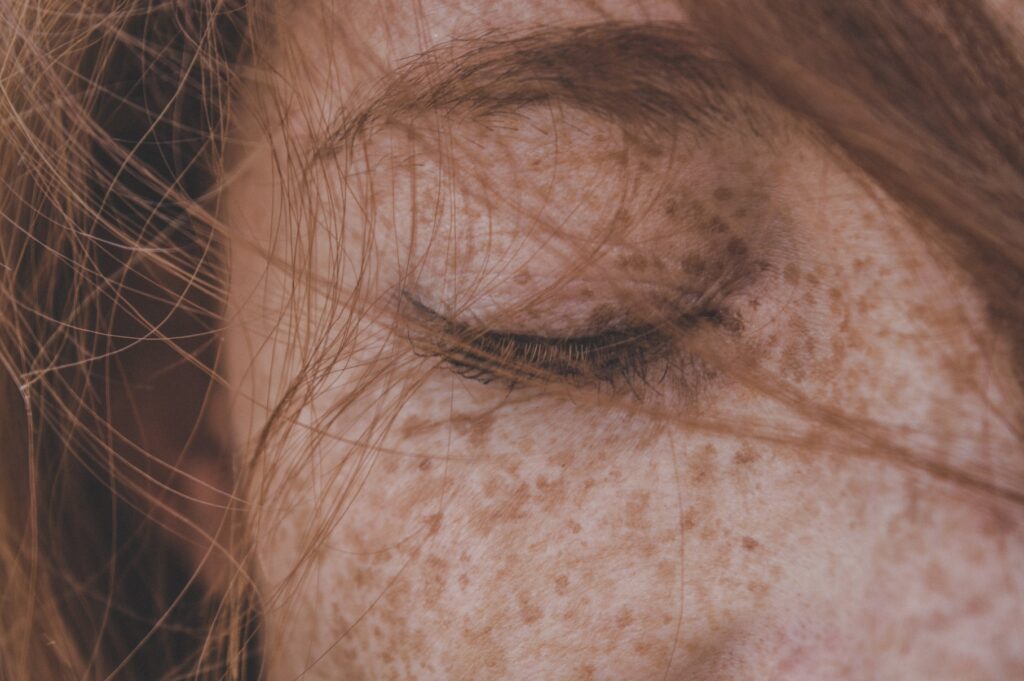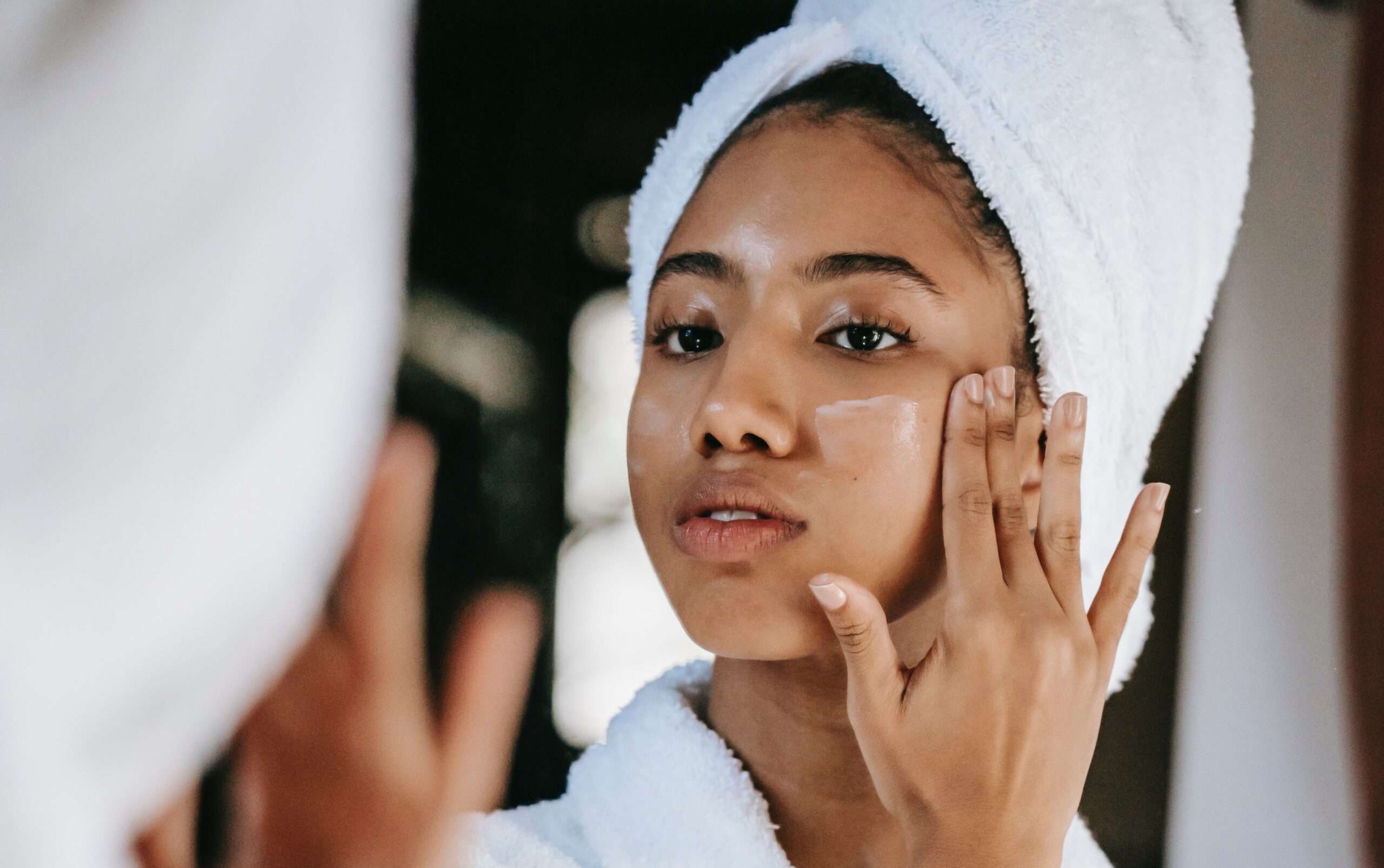By Ava Roman
People usually look forward to the seasons changing. When you’ve been sweating under the heat for months, the air getting cooler becomes a welcome adjustment. However, when the seasons change, the shift in temperature and humidity can wreak havoc on the skin. Various skin issues pop up whether the season is transitioning to cold or hot months.
You can’t escape the seasons, but you can take care of your skin to help it adapt. Here’s what happens to skin during seasonal changes and what you can do to ease these effects.


Cold Weather
You’ll notice your skin becoming drier and tighter when the weather gets colder. These effects happen because of the change in temperature and humidity. Colder temperatures take away moisture, which can cause the following symptoms:
- Dryness
- Flaking
- Rough patches
- Skin cracks
- Redness
- Irritation
- Sensitivity
- Itching
- Stinging
Your skin needs extra care when you go out in the harsh winter air. However, when you seek safety indoors, your skin faces different troubles. Experts have identified central heating as one of the main factors causing skin dryness during winter. Moreover, the contrast between the cold air outside and the hot, dry air inside can aggravate your skin and worsen conditions like eczema.


How to Adapt
Here are some ways you can protect your skin once the weather transitions from hot to cold.
1. Level Up Your Moisturisation
Your skin needs more moisture during the colder months. Now is the time to change your skincare routine to something more rich and moisturizing. Switch out your light-consistency products to thicker creams. Don’t forget to use products for your body, too. After cleansing or showering, use a thick moisturizer, body lotion, hand cream and lip treatment. Lock in all that moisture to prevent your skin from drying. As for ingredients, you can go for products with hydrating components like hyaluronic acid, ceramides, shea butter, jojoba oil and petroleum jelly.
During colder times, you should cut back on acids. The most common ones in beauty products are alpha hydroxy acid (AHA) and beta hydroxy acid (BHA). You’ll know them better as glycolic acid and salicylic acid, respectively. Harsh ingredients like these can aggravate already irritated skin, so lessen your use until the weather warms a little.
2. Humidify Your Home
Indoor heating is necessary but can be quite bad for the skin. Keep warm while adding moisture by setting up humidifiers in key areas, especially your bedroom. That way, your skin can receive continuous steam even as you sleep.
3. Get Hydrated
Since winter is a drying season, hydrating yourself in every aspect makes sense. Add moisture back to your skin and body by drinking your daily recommended water intake. Drinking water is a good move no matter what time of year, though only a few remember to do so. Try to set reminders or always leave a water bottle near you.
4. Avoid Too Much Heat
It’s tempting to shower under steaming hot water when it’s cold. For your skin’s sake, stay within the warm temperature range. Hot water can dry out and irritate your skin, making matters worse.
You should also check your thermostat or get a programmable one to avoid setting it higher than necessary. If it’s too cold outside to lower your thermostat, that’s fine — just don’t sit too close to a vent or heat source. Using a programmable thermostat can reduce your energy bills by as much as ten percent.


5. Don’t Forget Sunscreen
Some people skip sun protection during the winter. It’s easy to be complacent because of the shorter days and colder temperatures. However, no matter how chilly it gets, the sun still shines and brings harmful UV rays. Plus, snow can reflect the sun up to 80%, increasing your risk of skin damage. Don’t forget to use sunscreen to protect your skin.
Hot Weather
The arrival of summer brings a vibrance in the air — everyone’s excited to go out and soak up the sun. Your skin might not be so excited, though. With hot weather comes a different set of skin problems.
Once the hotter months start, you’ll notice excess sebum production, which can lead to a nasty breakout. The combination of sweat and sebum blocks your pores and irritates your skin, making your sunny days uncomfortable.
Here are some of the most common skin issues that can happen once the weather transitions to summer:
- Redness
- Oiliness
- Blocked pores
- Itching
- Irritation
- Acne
- Sunburn
How to Adapt
Here’s how to take care of your skin once summer rolls around.
1. Switch to Light Moisturisers
Once the weather gets warmer, it’s time to switch to products with lighter formulas. Look for ones with a watery or gel-like consistency. These can give you the moisture you need without that greasy, oily feeling.
2. Cleanse Regularly
Cleansing is vital to keeping healthy skin during the summer. Use anti-sebum cleansers to get rid of excess oil. You can also use a cleanser with BHA to help combat breakouts and flare-ups.
3. Be Gentle on the Skin
It goes without saying, but you should always be gentle on your skin, especially during seasonal transitions. Your skin is extra sensitive when the environment around it is changing rapidly. Avoid intensely scrubbing when washing your face. You should also dab your face dry instead of rubbing it harshly with a towel.
4. Avoid Heavy Makeup
Heavy makeup can feel uncomfortable sitting on your skin when the weather’s hot. During the summer, cutting back on makeup is a wise decision. You can instead use tinted moisturizers or sunscreens.
5. Protect Your Skin
When the sun is out, your risk for skin damage is higher. Don’t forget to protect your skin when you go out. Use sunscreen at all times and remember to reapply throughout the day. You can also protect your skin by using hats and umbrellas while outside.
Skincare Through the Seasons
The changing of seasons doesn’t have to be a stressful time for your skin. By taking the necessary steps, you can protect yourself from the elements and welcome the new season with healthy skin.




